Forecasters from the U.S. Air Force 45th Weather Squadron continue to predict an 80 percent chance of favorable conditions for launch of the Origins, Spectral Interpretation, Resource Identification, Security-Regolith Explorer (OSIRIS-REx) spacecraft atop a United Launch Alliance Atlas V rocket at 7:05 p.m. EDT from Space Launch Complex 41 at NASA’s Kennedy Space Center in Florida.
NASA Television starts coverage of launch events at 3:30 p.m. with the NASA Edge live broadcast, followed by live views of Space Launch Complex 41accompanied by countdown net audio.
Countdown coverage begins at 5:30 p.m. here on the OSIRIS-REx blog and on NASA Television.
Quelle: NASA
-
Update: 23.30 MESZ
OSIRIS-REx Countdown Coverage Starts Now
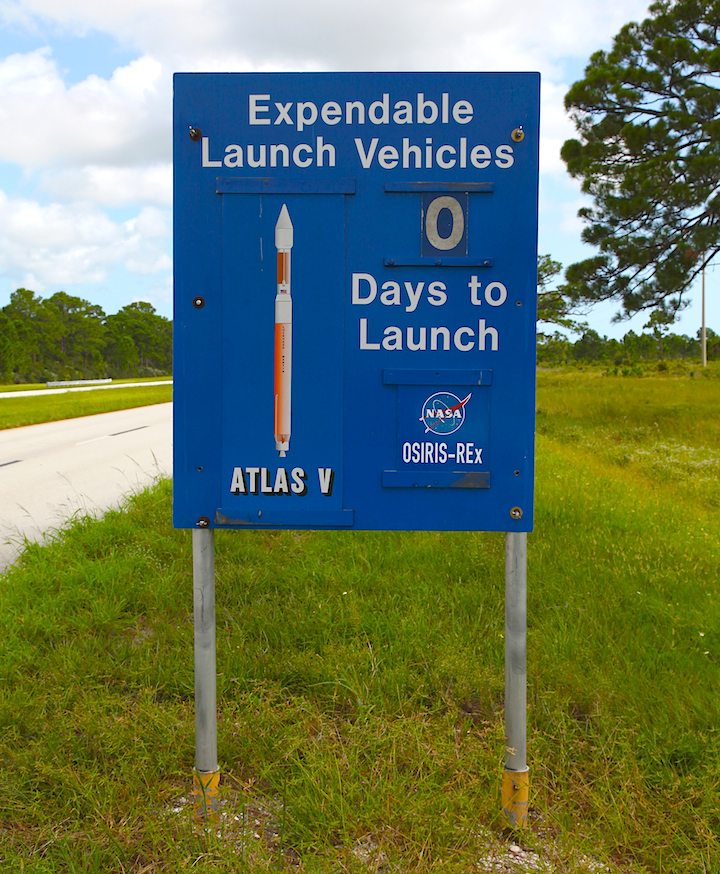
NASA’s OSIRIS-REx spacecraft — currently sealed inside the payload fairing of a United Launch Alliance Atlas V rocket — is on track to leave Earth behind and kick off an ambitious voyage to asteroid Bennu.
Liftoff is scheduled for 7:05 p.m. EDT from Space Launch Complex 41 at Cape Canaveral Air Force Station in Florida. Countdown clocks just ticked past the T-80 minute mark. Launch Weather Officer Clay Flinn with the U.S. Air Force Weather Squadron is predicting an 80 percent chance of weather cooperating for launch this evening.
OSIRIS-REx stands for Origins, Spectral Interpretation, Resource Identification, Security-Regolith Explorer, and it’s the United States’ first mission to collect a sample from an asteroid’s surface and return it to Earth, where it could help answer questions about how our solar system formed and how life on our planet began.
Mission officials and launch team members are gathered in the Atlas Spaceflight Operations Center, where controllers have been stationed at their consoles since midday. NASA’s Launch Blog originates from a console in nearby Hangar AE. We’ll tell you more about the OSIRIS-REx mission — and the Atlas V rocket that’s sending it on its way — as the countdown continues, so stay with us.
Quelle: NASA
-
Update: 9.09.2016 / 0.00 MESZ
-
NASA-TV-LIVE-Frams:
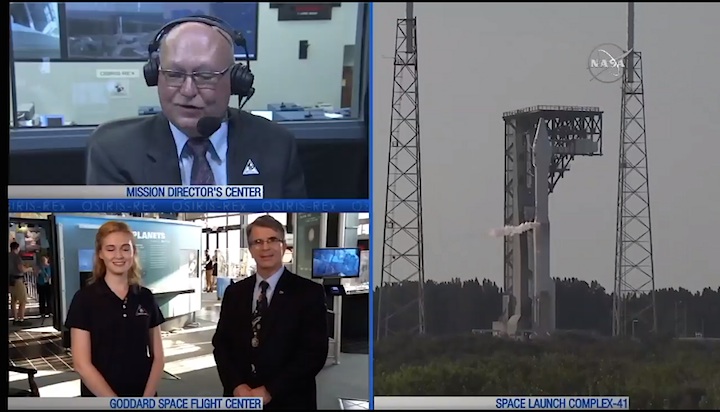



...0.25 MESZ
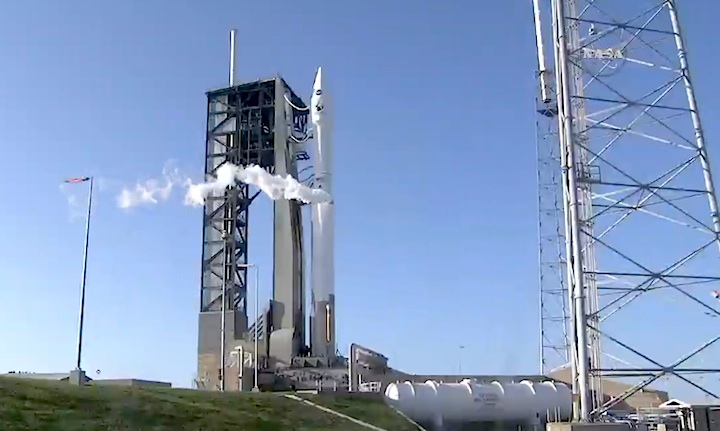
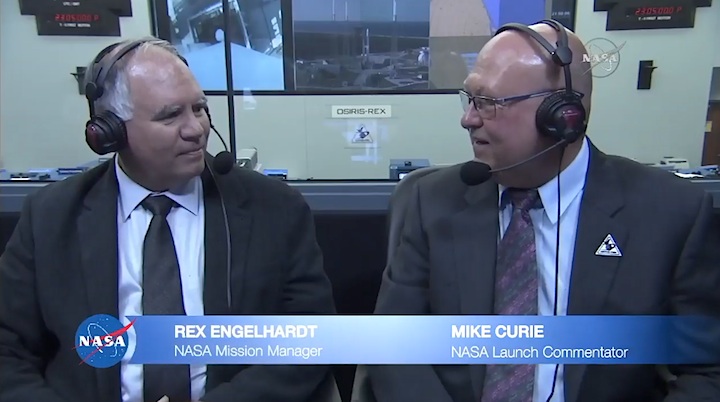

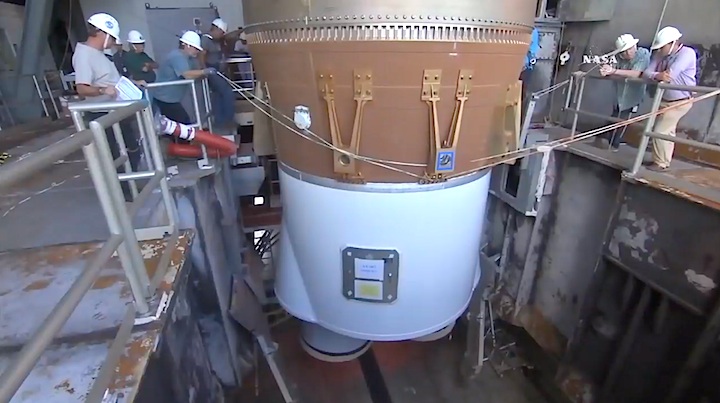
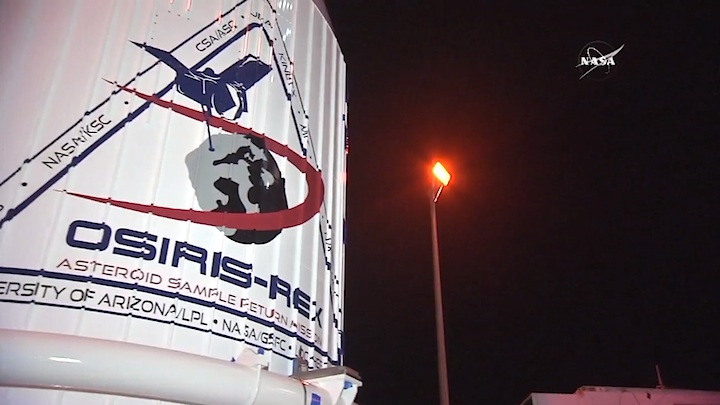

...0.38 MESZ
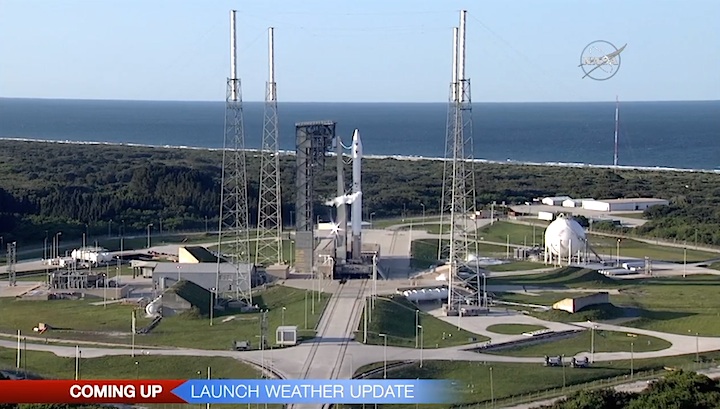

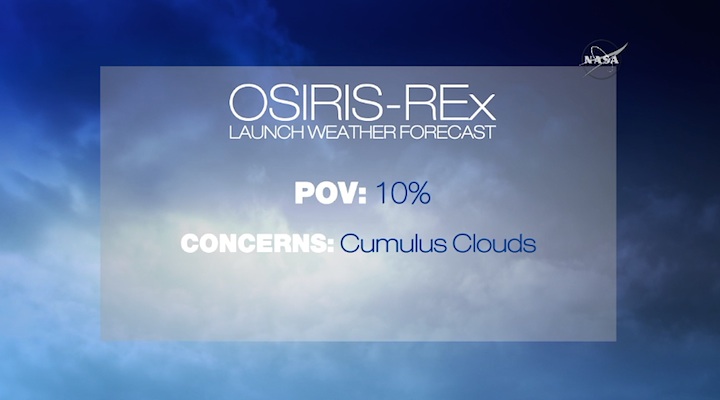
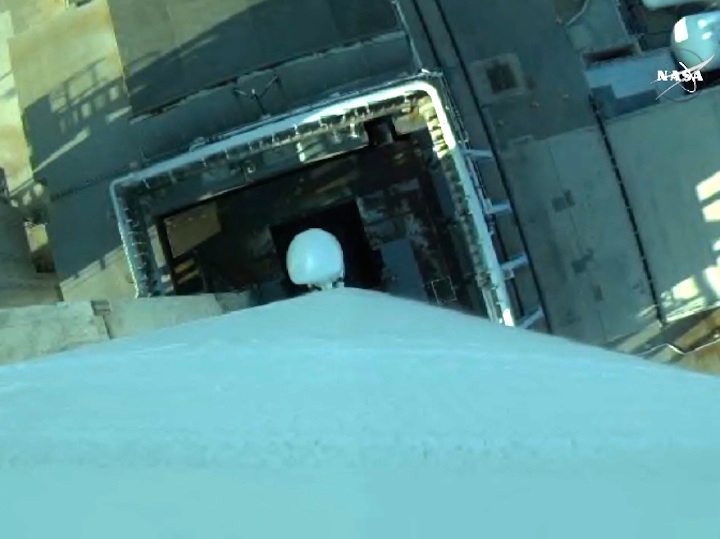
...0.45 MESZ

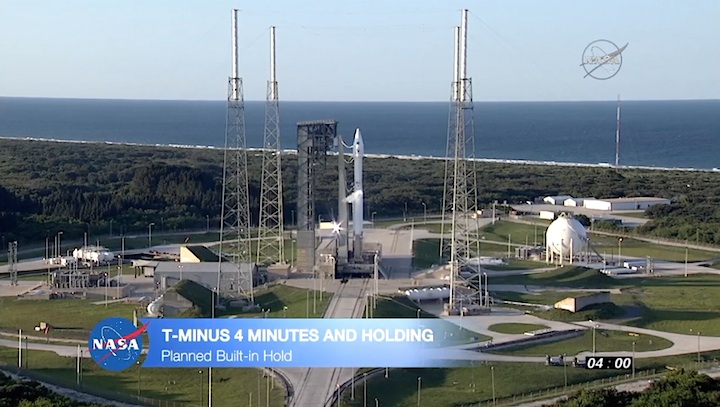
...1.00 MESZ
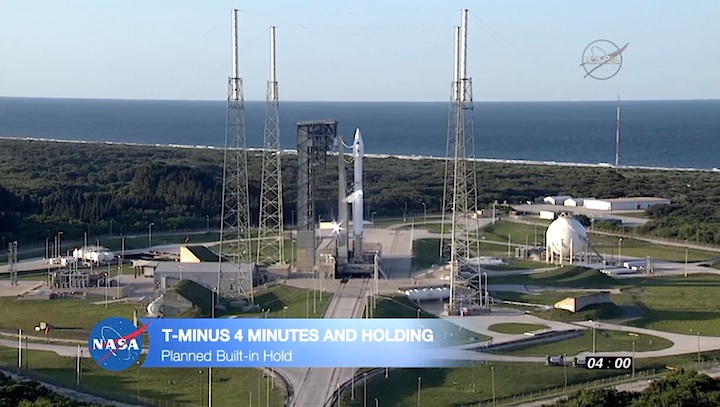
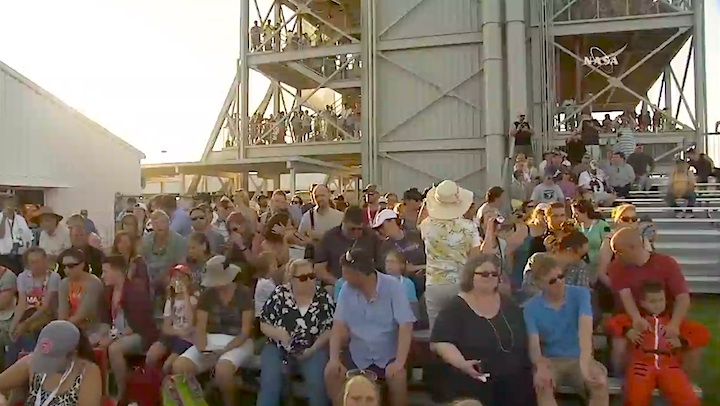
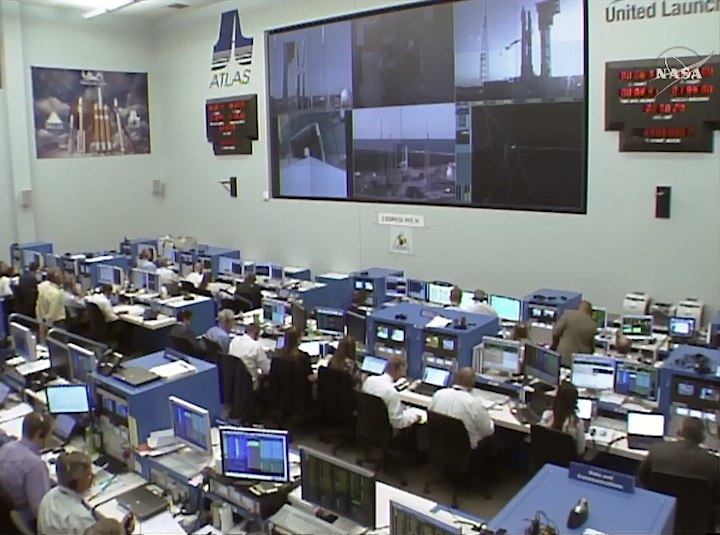
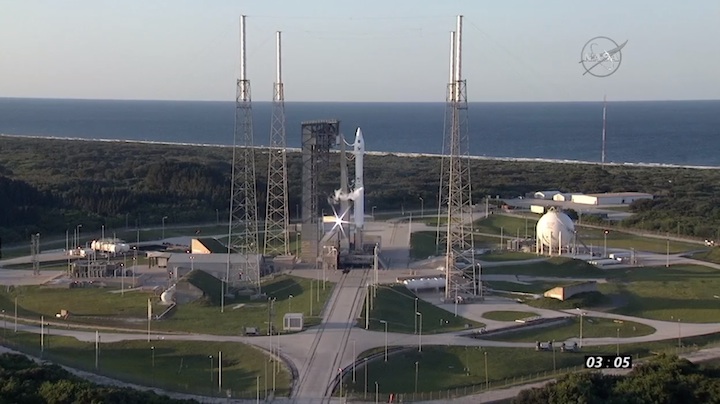
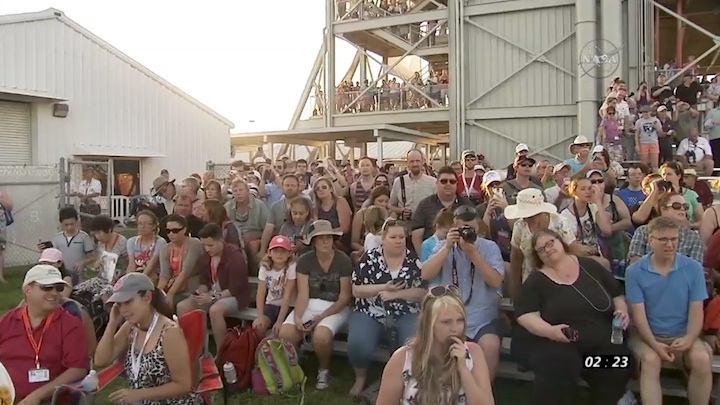
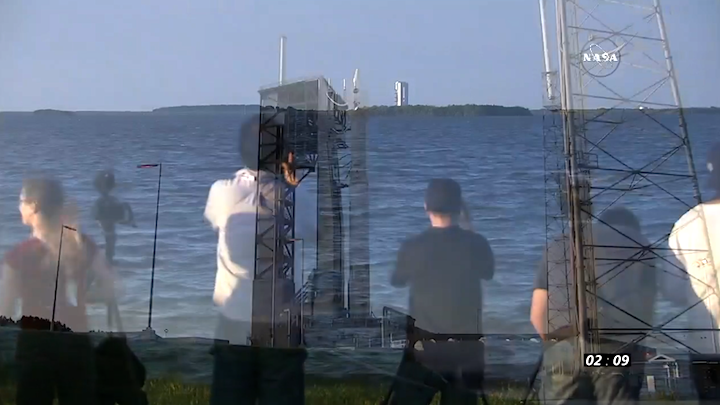
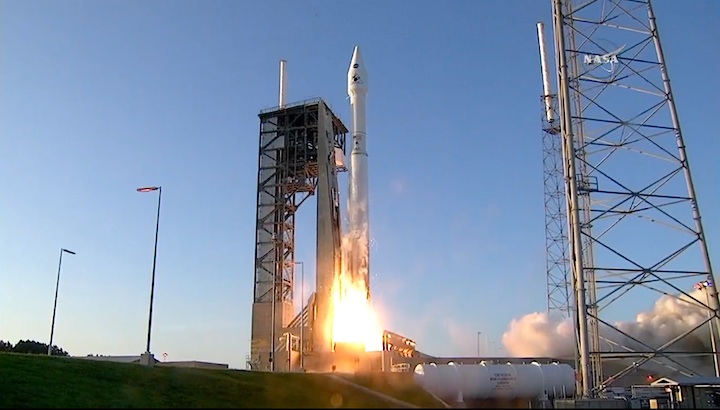
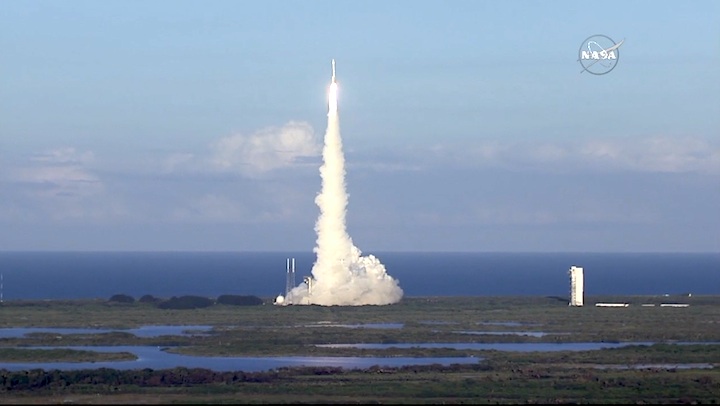
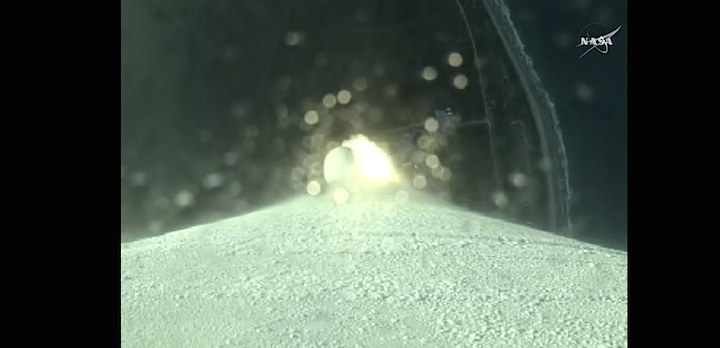
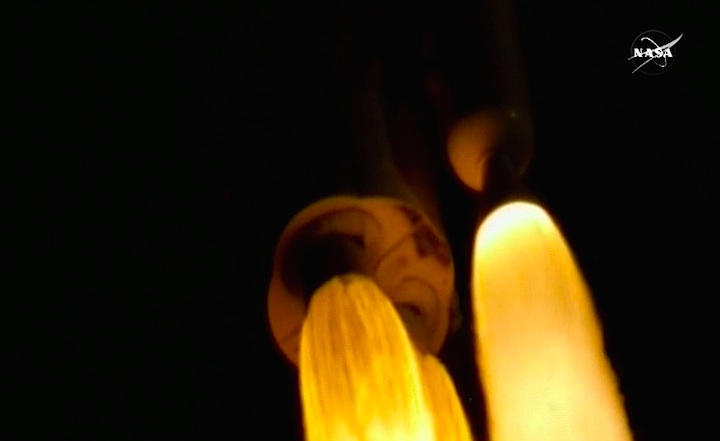
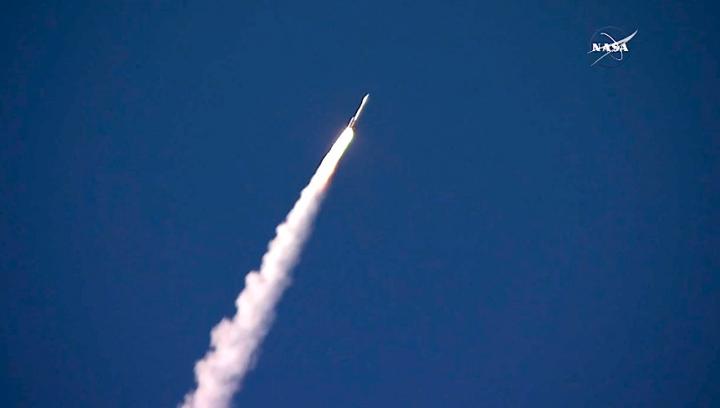
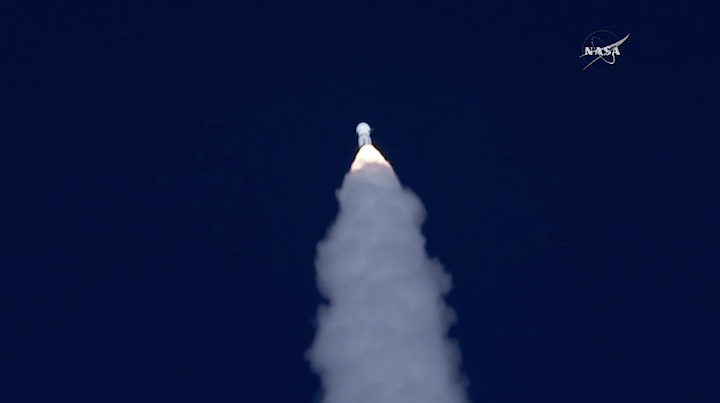
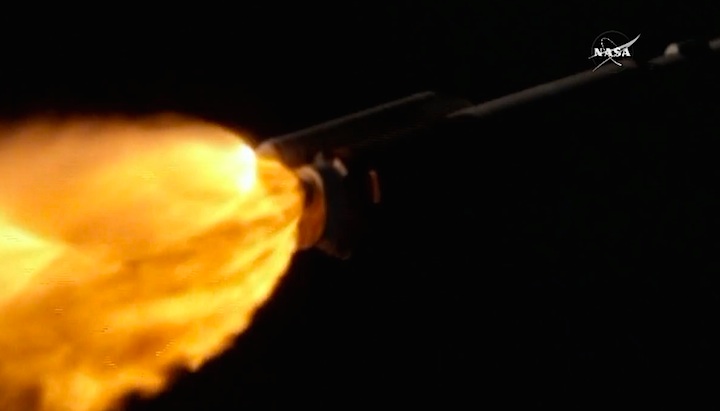
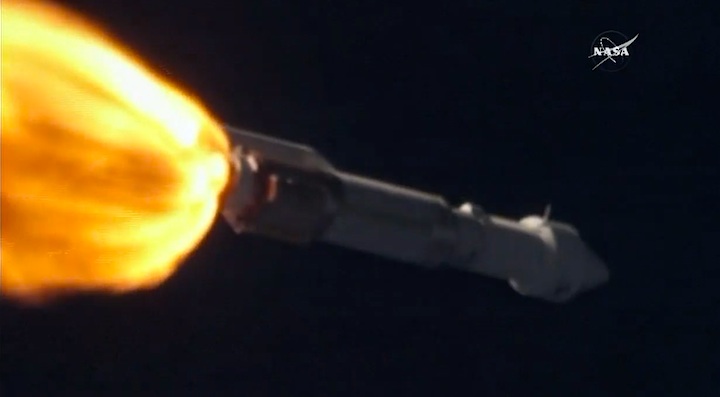

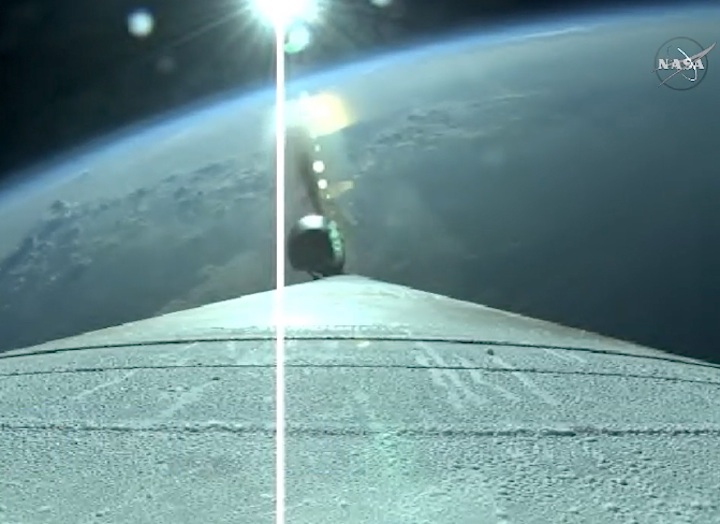
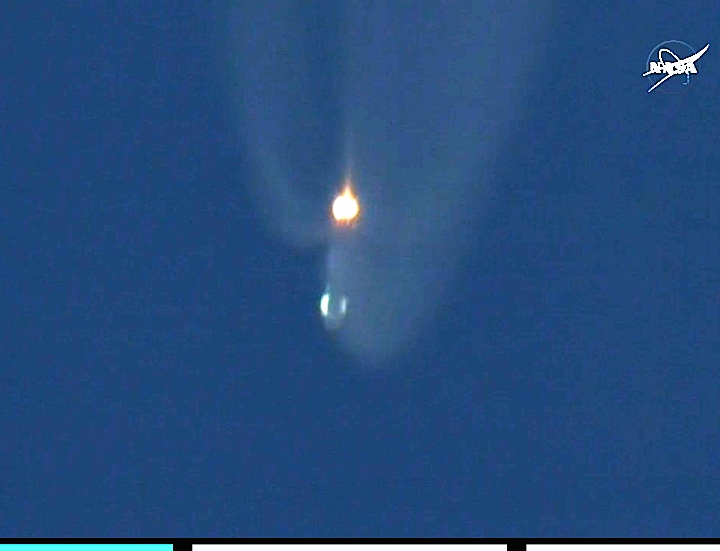
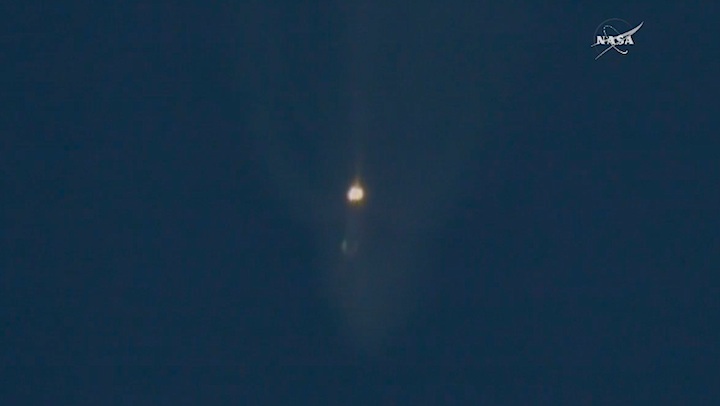
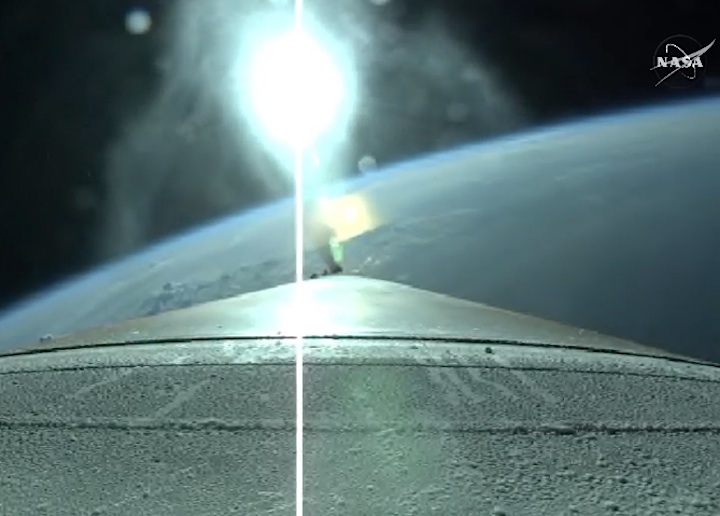
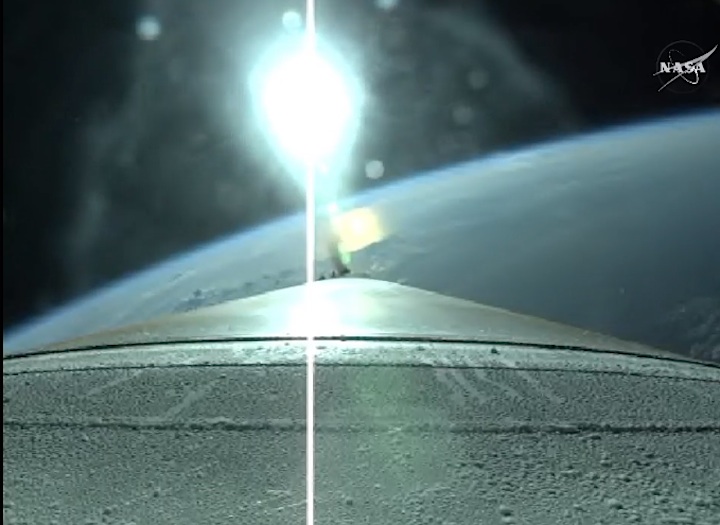
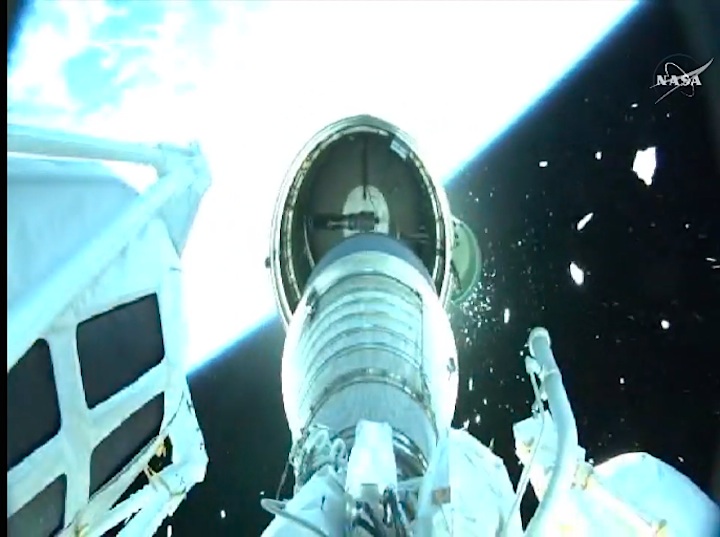
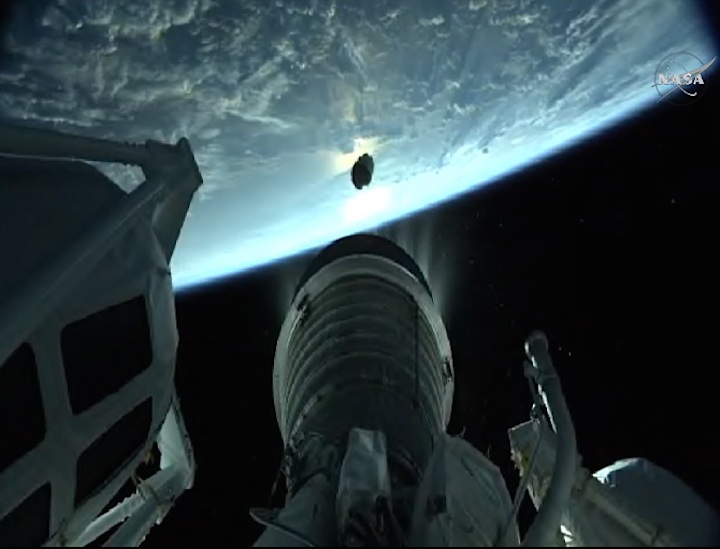
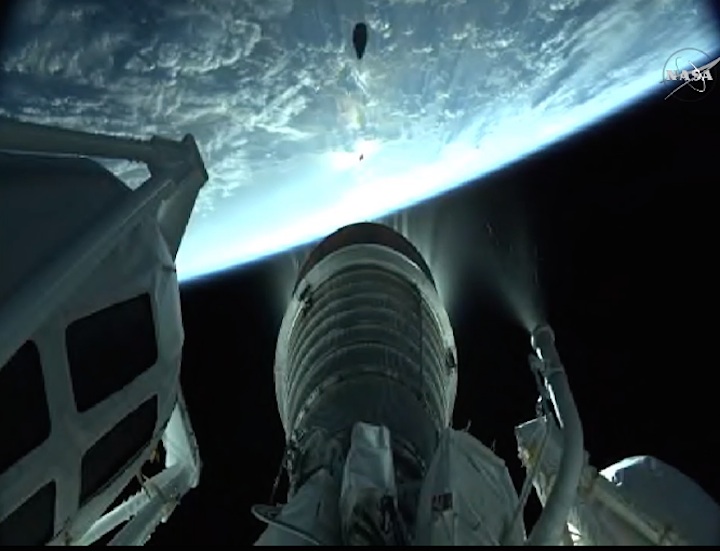
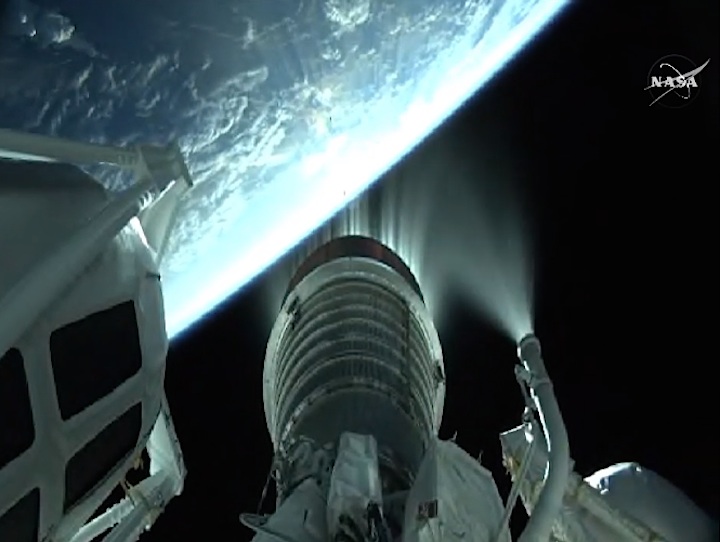
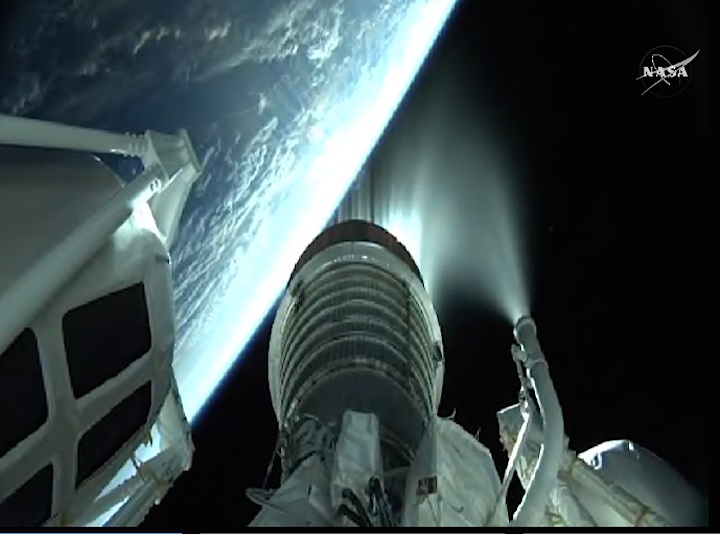
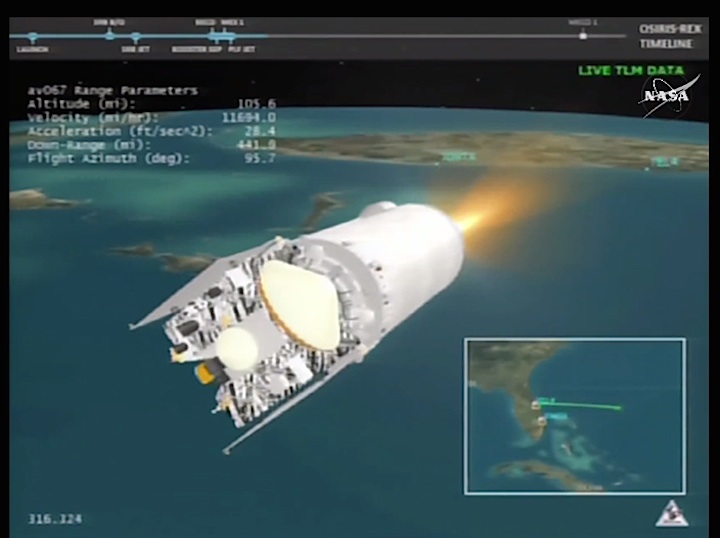
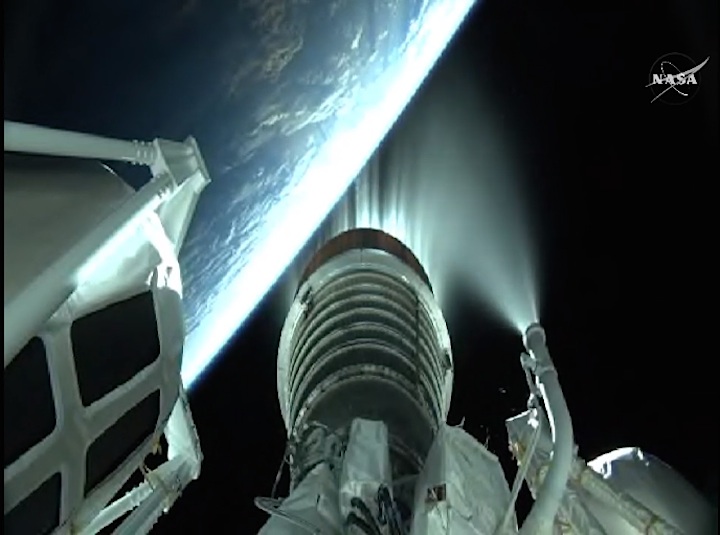
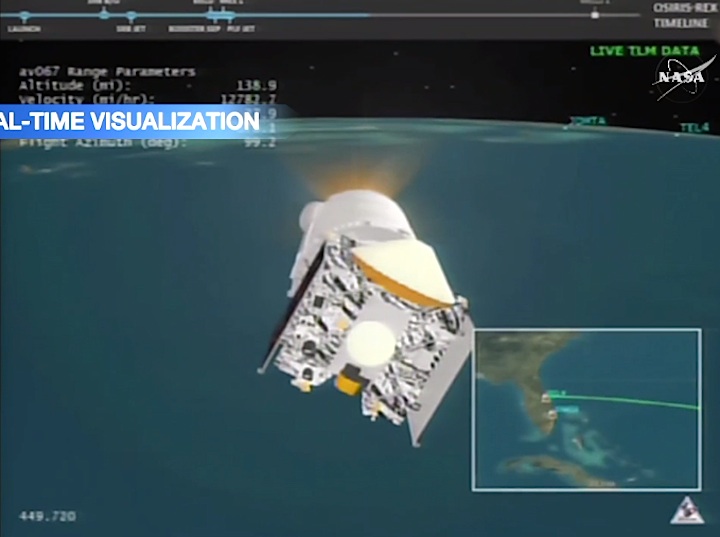
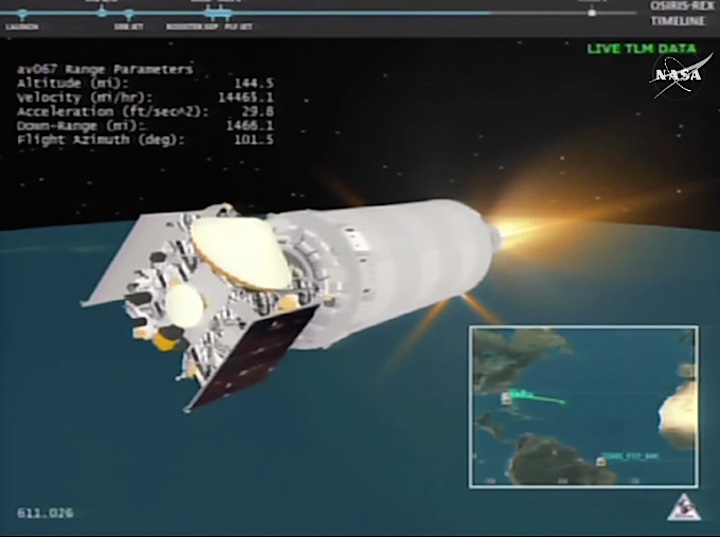
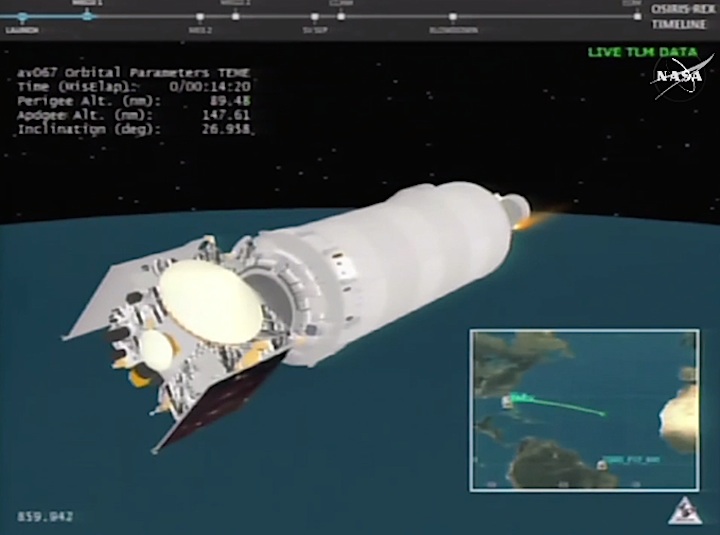
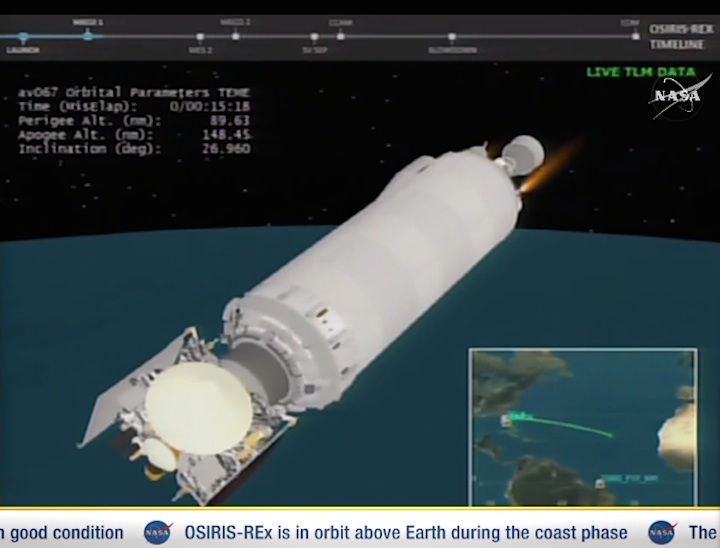
Quelle: NASA
-
Update: 21.45 MESZ
By Steven Siceloff,
NASA's Kennedy Space Center, Florida
An Atlas V rocket traced a blazing arc into the Florida sky Thursday evening to send a small robotic explorer on its way to an asteroid on a mission that scientists anticipate will reveal answers to some of the basic questions about the solar system.
"Tonight is a night for celebration, we are on the way to an asteroid," said Ellen Stofan, NASA's chief scientist. "We're going to be answering some of the most fundamental questions that NASA works on."
Lifting off at 7:05 p.m. from Space Launch Complex 41 at NASA's Kennedy Space Center in Florida, the rocket's launch was timed to put the OSIRIS-REx spacecraft, short for Origins, Spectral Interpretation, Resource Identification, Security-Regolith Explorer, on an exact course to reach the asteroid Bennu in August 2018.
Burning a combination of refined kerosene called RP-1 and liquid oxygen and carrying a single solid-fueled booster, the first stage of the United Launch Alliance Atlas V 411 pushed the spacecraft through the dense lower layers of the atmosphere, then the Centaur upper stage took over, propelling OSIRIS-REx faster and higher. About 55 minutes after launch, the asteroid sampling spacecraft separated from the liquid oxygen and liquid hydrogen fueled second stage rocket to fly free.
OSIRIS-REx will make a swing by Earth next year to gain a gravity assist that will accelerate it even faster to reach Bennu, where it will eventually go into orbit. Once orbiting the asteroid, OSIRIS-REx will spend two years surveying it in unprecedented detail.
Then, in a robotic first, the spacecraft will reach out its mechanical arm and take a sample from the asteroid. Though the sample will be small – only a couple of pounds at most – it will be a time capsule of sorts recording our solar system's creation. With the sample stored safely, the spacecraft will speed away from the asteroid on a path back to Earth.
"This represents the hopes and dreams and blood, sweat and tears of thousands of people who have been working on this for years," said Dante Lauretta, the principal investigator for OSIRIS-REx at the University of Arizona. "I can't tell you how thrilled I was this evening, thinking of the people who played a part in this."
Nearing Earth's atmosphere seven years from now, a capsule containing the sample and equipped with a heat shield will detach from the main OSIRIS-REx spacecraft and enter Earth's atmosphere. A parachute will slow the capsule down so it can be retrieved, then researchers will go about examining the precious cargo taken directly from an asteroid.
In earlier NASA missions, tiny samples of a comet and atoms collected from the solar wind have been taken and returned to Earth. Hundreds of pounds of rocks from the moon were returned to Earth by astronauts during six Apollo missions from 1969 to 1972. All these samples are curated by NASA's Johnson Space Center in Houston, which also will house the majority of material that OSIRIS-REx collects; a few percent of the sample will be sent for curation by international partners, the Canadian and Japanese space agencies.
This flight is the third of NASA's New Frontiers Program. The first two – New Horizons and Juno – have already made contributions to the study of the outer solar system and are still operating.
"We keep hitting it out of the park and tonight we hit it off the planet," said Jim Green, director of NASA's Planetary Science division.
NASA's Launch Services Program, based at NASA's Kennedy Space Center in Florida, managed the launch for the agency. NASA’s Goddard Space Flight Center in Greenbelt, Maryland will provide overall mission management, systems engineering and safety and mission assurance for OSIRIS-REx. Dante Lauretta is the mission’s principal investigator at the University of Arizona. Lockheed Martin Space Systems in Denver built the spacecraft. OSIRIS-REx is the third mission in NASA’s New Frontiers Program. NASA’s Marshall Space Flight Center in Huntsville, Alabama, manages New Frontiers for the agency’s Science Mission Directorate in Washington.
-
NASA's first asteroid sampling mission launched into space at 7:05 p.m. EDT Thursday from Cape Canaveral Air Force Station in Florida, beginning a journey that could revolutionize our understanding of the early solar system.
“Today, we celebrate a huge milestone for this remarkable mission, and for this mission team,” said NASA Administrator Charles Bolden. “We’re very excited about what this mission can tell us about the origin of our solar system, and we celebrate the bigger picture of science that is helping us make discoveries and accomplish milestones that might have been science fiction yesterday, but are science facts today.”
The Origins, Spectral Interpretation, Resource Identification, Security-Regolith Explorer (OSIRIS-REx) spacecraft is designed to rendezvous with, study, and return a sample of the asteroid Bennu to Earth. Asteroids like Bennu are remnants from the formation of our solar system more than 4.5 billion years ago. Scientists suspect that asteroids may have been a source of the water and organic molecules for the early Earth and other planetary bodies. An uncontaminated asteroid sample from a known source would enable precise analyses, providing results far beyond what can be achieved by spacecraft-based instruments or by studying meteorites.
OSIRIS-REx separated from its United Launch Alliance Atlas V rocket at 8:04 p.m. The solar arrays deployed and are now powering the spacecraft.
“With today’s successful launch, the OSIRIS-REx spacecraft embarks on a journey of exploration to Bennu,” said Dante Lauretta, OSIRIS-REx principal investigator at the University of Arizona, Tucson. “I couldn’t be more proud of the team that made this mission a reality, and I can’t wait to see what we will discover at Bennu.”
In 2018, OSIRIS-REx will approach Bennu – which is the size of a small mountain – and begin an intricate dance with the asteroid, mapping and studying Bennu in preparation for sample collection. In July 2020, the spacecraft will perform a daring maneuver in which its 11-foot arm will reach out and perform a five-second “high-five” to stir up surface material, collecting at least 2 ounces (60 grams) of small rocks and dust in a sample return container. OSIRIS-REx will return the sample to Earth in September 2023, when it will then be transported to NASA’s Johnson Space Center in Houston for examination.
The OSIRIS-REx mission will be the first U.S. mission to carry samples from an asteroid back to Earth and the largest sample returned from space since the Apollo era.
"It’s satisfying to see the culmination of years of effort from this outstanding team,” said Mike Donnelly, OSIRIS-REx project manager at NASA's Goddard Space Flight Center in Greenbelt, Maryland. “We were able to deliver OSIRIS-REx on time and under budget to the launch site, and will soon do something that no other NASA spacecraft has done – bring back a sample from an asteroid.”
Goddard provides overall mission management, systems engineering and the safety and mission assurance for OSIRIS-REx. The University of Arizona leads the science team and observation planning and processing. Lockheed Martin Space Systems in Denver built the spacecraft. OSIRIS-REx is the third mission in NASA’s New Frontiers Program. NASA’s Marshall Space Flight Center in Huntsville, Alabama, manages the agency’s New Frontiers Program for its Science Mission Directorate in Washington. Launch and countdown management is the responsibility of NASA’s Kennedy Space Center in Florida.
Quelle: NASA
.
Update: 15.09.2016
.
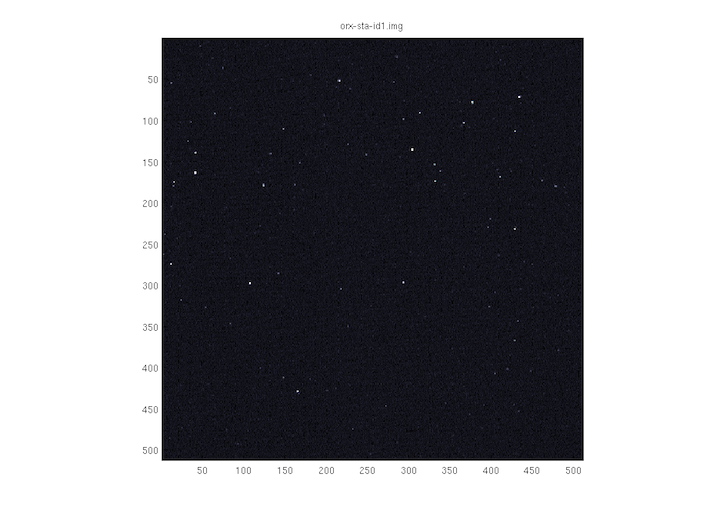
One week post-launch, NASA’s Origins, Spectral Interpretation, Resource Identification, Security-Regolith Explorer (OSIRIS-REx) spacecraft remains healthy and is on track for its two-year journey to the asteroid Bennu. As of noon EDT Thursday, the spacecraft was approximately 2 million miles (3.2 million kilometers) from Earth, traveling at approximately 12,300 miles per hour (19,800 kilometers per hour) relative to Earth. All of the spacecraft’s subsystems are operating as expected.
The OSIRIS-REx spacecraft is designed to rendezvous with, study, and return a sample of Bennu to Earth. This sample of a primitive asteroid will help scientists understand the formation of our solar system more than 4.5 billion years ago.
After liftoff at 7:05 p.m. EDT on Sept. 8, the United Launch Alliance Atlas V rocket performed flawlessly and positioned the OSIRIS-REx spacecraft exactly where the mission’s navigation team expected it to be. By 1:30 p.m. EDT on Sept. 9, approximately 18 1/2 hours after launch, the OSIRIS-REx spacecraft had crossed the orbital path of the moon at 240,000 miles (386,500 kilometers). By that evening, the spacecraft transitioned from launch operations into its outbound cruise phase.
On Sept. 12, OSIRIS-REx took its first image from it star tracker navigational camera, proving the system is functioning properly. The star tracker takes images of the stars and compares them to an on-board catalog, which then tells the spacecraft navigation systems its attitude, or which way it is pointing.
Next week, the engineers controlling the OSIRIS-REx spacecraft will conduct checkouts of the science instruments on board the spacecraft.
Goddard Space Flight Center provides overall mission management, systems engineering and the safety and mission assurance for OSIRIS-REx. Dante Lauretta of the University of Arizona, Tucson, is the principal investigator. Lockheed Martin Space Systems in Denver built the spacecraft. OSIRIS-REx is the third mission in NASA’s New Frontiers Program. NASA’s Marshall Space Flight Center in Huntsville, Alabama, manages the agency’s New Frontiers Program for its Science Mission Directorate in Washington.
Quelle: NASA





